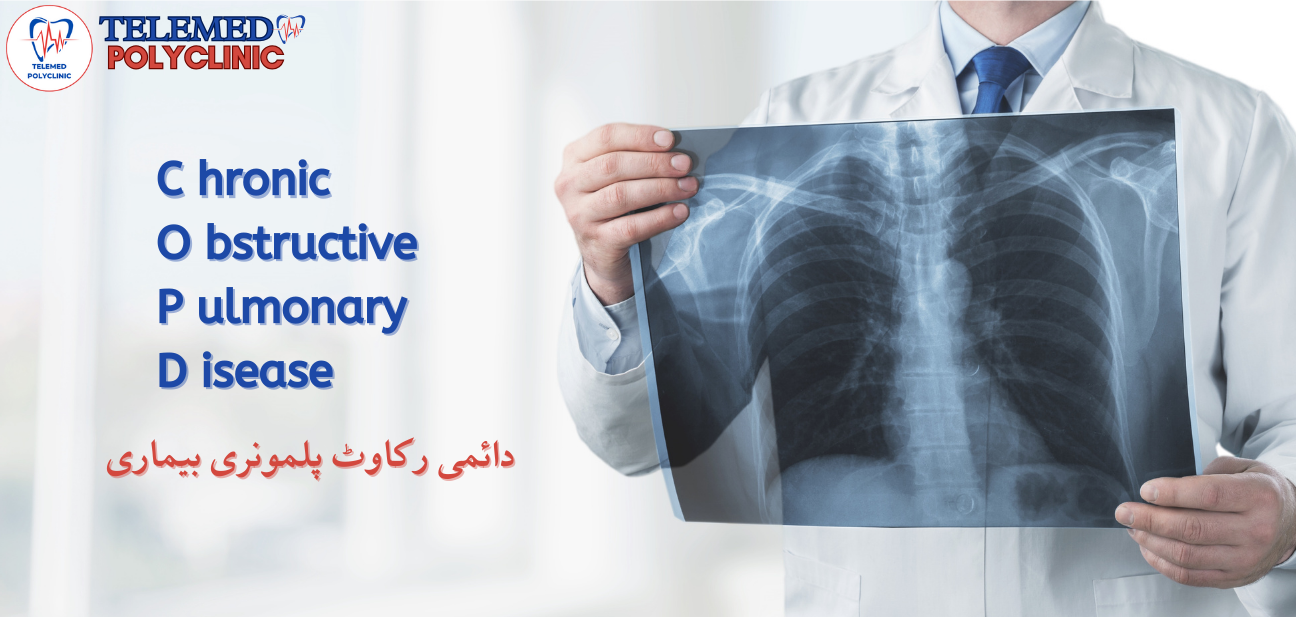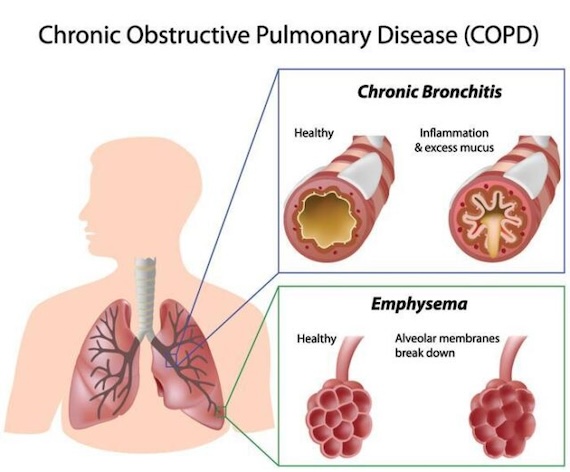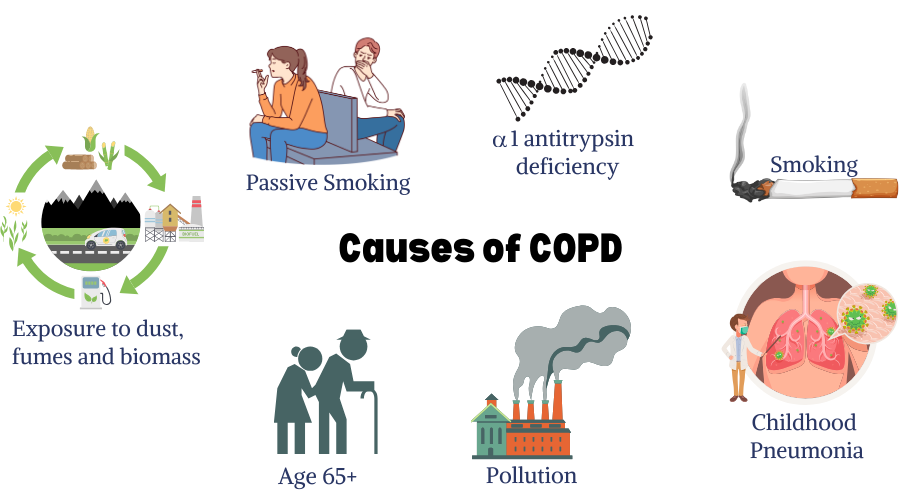Posted on March 7, 2025

Chronic Obstructive Pulmonary Disease (COPD) is a progressive lung disease that makes breathing difficult. It’s a leading cause of death worldwide, and despite being preventable and treatable, it often goes undiagnosed until its symptoms become severe. In this blog, we’ll explore what COPD is, its causes, symptoms, and the management strategies that can help people live better lives.

COPD is an umbrella term used to describe two main lung conditions: emphysema and chronic bronchitis. Both of these conditions contribute to airflow obstruction, making it hard to breathe.
These two conditions often occur together, contributing to the symptoms and complications of COPD.
The primary cause of COPD is long-term exposure to harmful substances that irritate and damage the lungs. The main causes of COPD include:

The symptoms of COPD often develop slowly and worsen over time. Common symptoms include:
It’s important to note that many of these symptoms may be overlooked in the early stages of the disease, especially if they are mild or mistaken for normal aging or smoking-related issues.
If you suspect you have COPD, it's crucial to see a healthcare provider for an evaluation. Diagnosis typically involves:
While there is no cure for COPD, early diagnosis and appropriate treatment can help manage symptoms, improve quality of life, and slow the progression of the disease. The main goals of treatment are to:
Living with COPD can be challenging, but many people can still lead fulfilling lives with the right support and treatment. Here are a few tips for managing life with COPD:
COPD is a preventable disease, particularly for smokers. If you smoke, quitting as soon as possible is the best way to protect your lungs. Additionally, for those at risk, getting regular checkups and lung function tests can help catch COPD early and begin treatment before the disease progresses too far.
COPD (Chronic Obstructive Pulmonary Disease) Awareness Day is an annual event dedicated to raising awareness about COPD, its impact on individuals and society, and the importance of early detection and treatment. It is usually observed on the third Wednesday of November each year.
The goal of COPD Awareness Day is to increase public knowledge about the disease, educate people on the risks (such as smoking), promote better management strategies, and encourage those with symptoms to seek medical advice. COPD is a progressive lung disease that makes it harder to breathe and is often caused by long-term exposure to harmful substances, such as cigarette smoke or air pollution.
Events and activities typically include educational campaigns, free screenings, public service announcements, and various community initiatives aimed at spreading knowledge and helping people manage the disease.
COPD is a serious and potentially debilitating disease that impacts millions of people around the world. While it can’t be completely cured, proper management through lifestyle changes, medications, and medical care can help control symptoms and improve quality of life. If you or someone you know is at risk for COPD, early detection and intervention are key. Take steps to protect your lungs and seek medical advice if you have concerns about your breathing or lung health.